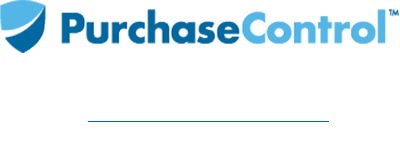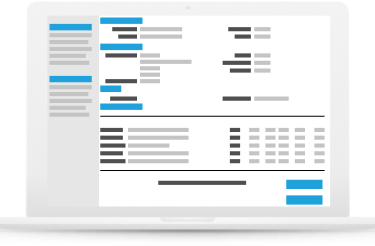What is a Purchase Order?
A purchase order (PO) is an official document that buyers send to sellers to document the sale of products and services to be delivered at a late date.
This allows buyers to place orders with suppliers without immediately making payment. The seller uses POs as a way to offer buyers credit without risk because the buyer is legally obligated to pay for products and services when they’ve been delivered.
Each PO has its own unique number, known as the purchase order number, to assist both buyer and seller in tracking delivery and payment. Blanket purchase orders are used to commit buyers to purchase products or services on an ongoing basis until a certain threshold is reached.
For larger organizations, the purchase order is the second step in the purchasing process. For people outside of the purchasing department who need something for the business – whether it is something as simple as office supplies or break room supplies – or the IT department needing more servers, the process can begin with a purchase order request, also known as a purchase requisition. This is a document similar to the purchase order that outlines what should be purchased, how many, where the purchase should come from, and so on.
The purchase requisition gets sent to the necessary staff member for approval. If it’s not approved, the approver can provide a reason why it was declined and request edits before approval goes through. Once approved, the purchase requisition coverts to a purchase order and goes to the vendor for approval and processing.
“Once accepted by the vendor, a purchase order becomes a legally binding contract. If there is not an existing contract that governs the relationship between buyer and seller, the purchase order can take its place.”
What Information is on a Purchase Order?
A purchase order specifies:
- The product(s) or service(s) to be purchased
- Specifics of brand names, SKUs, model numbers, etc.
- Quantity purchased
- Price per unit
- Delivery date – when the order should be delivered
- Delivery location – where the order should be delivered to
- Billing address – where the seller should send the invoice to after delivery
- Discounts – any discounts applied to the order per contract terms with the vendor
- Payment terms – when the invoice will be paid, such as on receipt of delivery, net 30 or net 60 – usually in line with the terms of the contract between the buyer and seller
How to Use a Purchase Order
Purchase orders are used to simplify the purchase process, which looks something like this:
- The buyer decides to purchase something for their business.
- The buyer issues a PO to the seller, either on paper or with an electronic purchase order system
- The seller receives the PO and confirms their company can fill the order. If they cannot, they alert the buyer and request changes. If the changes cannot be made, the PO is canceled so the buyer can find another vendor to meet their needs.
- If the order can be filled, the seller prepares the order either through pulling the correct inventory or scheduling the necessary staff members.
- The order ships or the services are provided. The PO number is included on the packing slip so the buyer can easily track which orders have arrived.
- The seller sends an invoice with a unique invoice number for the order, including the PO number so it can be matched with the delivery information.
- The buyer pays the invoice according to the terms laid out in the PO, which should be based on the contract that the two parties agreed upon at the start of their relationship.
Pros and Cons of Purchase Orders
There are many reasons to use purchase orders. The most important reasons to use them include:
- Better accuracy in terms of financial and inventory management
- Improved budgeting since funds must be available before issuing a PO.
- Faster delivery because POs help schedule delivery when the buyer needs it.
That said, as with everything in life, there are some disadvantages.
- For smaller purchases, it adds paperwork.
- Credit cards can serve the same purpose from a financial point of view.
To streamline the purchase process, it makes the most sense to invest in an electronic purchase order system. This eliminates the need to rely on paper forms, which can easily be lost. Electronic POs make it easier to get the necessary approvals from department heads before making the purchases. Automation makes it possible to match the purchase order to the order delivery to the invoice in a process known as three-way matching. This ensures you’re only paying for goods that were both ordered and received. The system allows you to create a purchase order template so creating each order is faster, and there is an audit trail that allows anyone to see any action taken on the order. This helps improve employee accountability for all purchase transactions.
The purchase order software can be used to track purchases from all the vendors. This way you can spot issues with vendors that aren’t delivering on time or as promised, or anything that happens outside of the agreed-upon contract terms. The purchase system also ensures the business can budget their purchases and manage cash flow so that everything runs smoothly. It can also be used to get information about inventory management, so there’s no need to tie up funds in extra inventory, and no risk of inventory running low during seasonal peaks.
Even small businesses can benefit from a purchase order system because it gives them a centralized place to track what they’re buying, when they’re buying it, and who they are buying it from. Putting a system in place when the company is in its infancy makes it easier to scale processes and systems as the business grows.
PurchaseControl makes using purchase orders in your organization easy.
Find Out How








